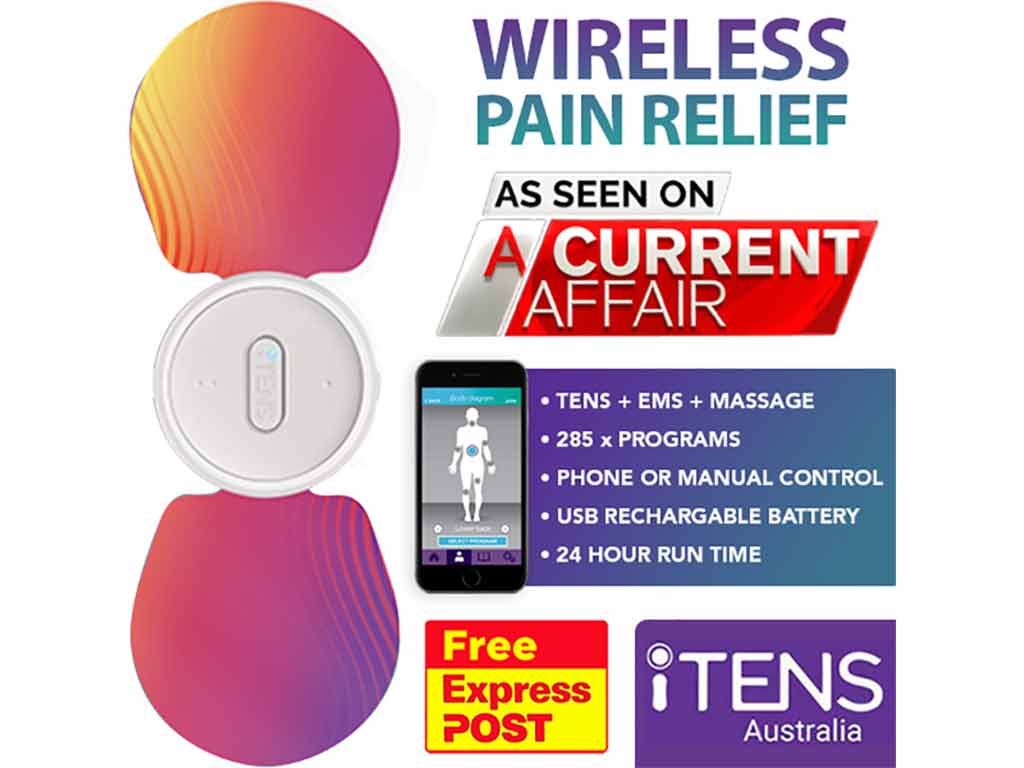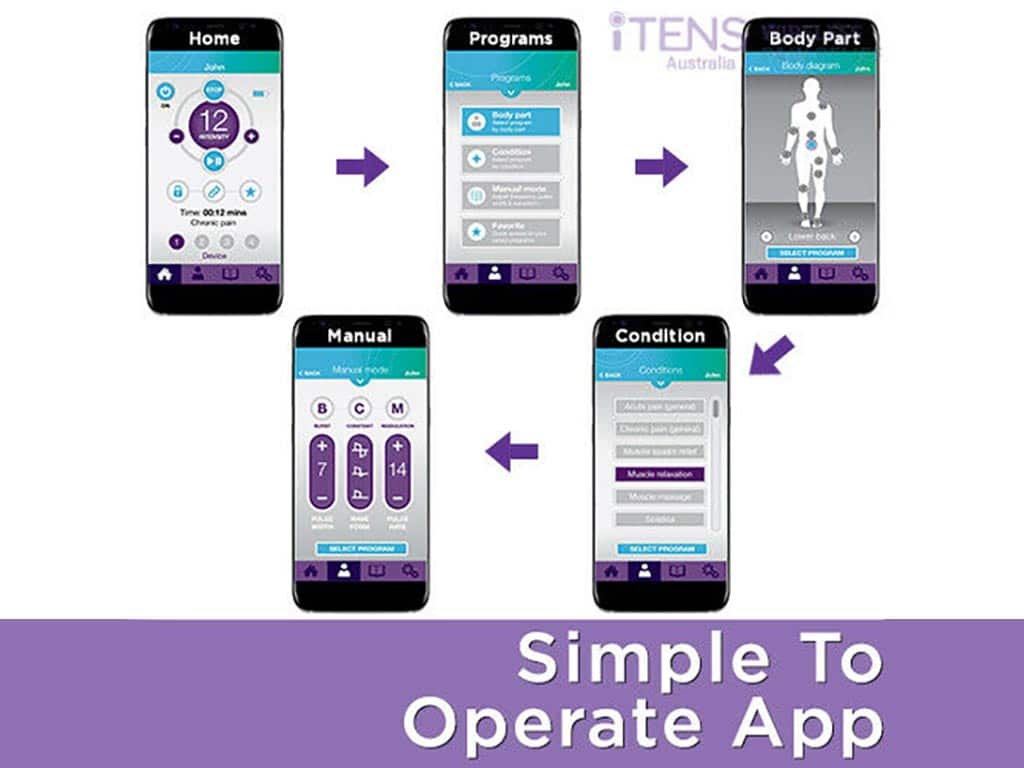
A Transcutaneous Electrical Nerve Stimulation or TENS unit for patellar tendonitis is a device used to alleviate pain and promote healing. It works through various theories, including the Gate Control Theory of pain, which blocks pain signals from reaching the brain. It also stimulates the release of endorphins, which are natural pain relievers, and improves blood circulation to the affected area. To use the TENS unit, clean the skin, place electrodes on the treatment area, and adjust the settings accordingly.
Pain management for patellar tendonitis usually involves rest, cold compress, and pain medications. In more severe cases, a doctor may prescribe knee surgery. Most people take analgesics because it is accessible and affordable. But sometimes, medications may not be enough. Alternatively, using a TENS machine is a safe and effective way to reduce pain. This article will present what a TENS device for patellar tendonitis is, including the main theories behind its effectiveness and proper usage.
What is a TENS Unit for Patellar Tendonitis?
In patellar tendonitis, also known as jumper’s knee, the tendon connecting the kneecap to the shinbone becomes painful and inflamed. Overuse or repetitive stress on the knee joint, like sports injuries or excessive strain, often causes this condition. This condition is commonly seen in athletes who participate in activities that involve repetitive jumping or running.
A TENS unit for patellar tendonitis is a portable device that provides knee pain relief by delivering electrical currents through gel electrodes. These mild electric currents target the sensory nerves in the treated area and reduce pain sensations. Many studies have shown that TENS therapy is effective in alleviating chronic and acute knee pain conditions.
There are two main types of TENS units: wired and wireless. Wired devices have electrode pads that are connected to the device using lead cables, and health professionals often use these devices in clinical settings. On the other hand, wireless devices like iTENS offer the same pain relief benefits. These units are compact and portable, and people can easily control the settings through a smartphone app or manual controls.
Symptoms of Patellar Tendonitis
- People with patellar tendonitis may experience pain and tenderness in the area just below the kneecap.
- The affected area may appear swollen and feel warm to the touch. This swelling is often a sign of inflammation in the patellar tendon.
- Patients may notice stiffness in the knee, making it difficult to fully extend or bend the joint without feeling discomfort.
- Some individuals may experience a feeling of weakness in the knee. This sensation is particularly noticeable when attempting to straighten the leg or push off the ground while walking or running.
- People may hear or feel cracking or popping sensations when moving the knee.

The Main Theories a TENS Unit for Patellar Tendonitis Works
A TENS unit for patellar tendonitis works through various theories, one of which is the Gate Control Theory of Pain. This theory involves the TENS overriding the nerves in the spinal cord that act as pain gate controllers. The high frequency of electrical impulses from TENS closes the “neural gates”, blocking the transmission of pain signals to the brain.
Another theory of TENS for patellar tendonitis is its ability to stimulate the production of endorphins. Endorphins are natural chemicals that the body releases when it perceives pain and stress. They bind to opioid receptors and inhibit the pain messages from reaching the brain. Low-frequency levels of electrical signals are particularly effective in triggering the release of endorphins.
The TENS device can also help boost blood circulation in the affected area. The constant stream of electrical pulses stimulates the motor nerves and muscles, leading to increased blood flow and oxygen in the region. This can help reduce inflammation and alleviate cramping sensations associated with patellar tendonitis.
Benefits of TENS Therapy
TENS therapy offers numerous benefits. Firstly, it is a drug-free method, making it a safe alternative to medication. It is non-addictive and does not have lasting side effects. Secondly, TENS therapy is non-invasive, as it is used externally and does not require needles or knee surgery.
Thirdly, it provides users with greater control over their pain management. The adjustable settings allow for personalised treatment. Lastly, TENS offers targeted pain relief. Users must place electrode pads on the painful area for localised pain relief. Overall, these benefits make TENS therapy an attractive treatment option for people with patellar tendon injury.

How to Operate a TENS Unit for Patellar Tendonitis
People can use a TENS unit for patellar tendonitis in a few simple steps. To begin, they should clean and dry the area of the skin where they will apply the electrodes. It is crucial to ensure that the skin is free from any lotions, oils, or creams. These substances may interfere with the effectiveness of the treatment.
After preparing the skin, the person should carefully place the TENS electrodes on the treatment area. Additionally, they need to make sure to space the pads evenly for the best pain relief. Moreover, the user can adjust the intensity based on their comfort level. Physical therapists recommend starting with a low setting and increasing gradually if needed.
Once the session is over, individuals have to remove the electrodes slowly, peeling them off the skin gently. Furthermore, cleaning the pads after each use and storing them properly is best. By following these steps, people can effectively manage their pain and experience relief with the help of a TENS unit.
Pad Placement Guide
Proper pad placement involves positioning the electrode pads on either side of the knee, just above and below the patella. This placement targets the area around the patellar tendon, providing the necessary stimulation. It is important to ensure that the pads are placed securely and that the skin is clean and dry.
It is crucial to avoid sensitive areas such as the head, eyes, throat, spine, and near varicose veins. Electrical stimulation in these locations may cause complications. Moreover, users should refrain from placing the pads on broken or irritated skin to prevent worsening conditions.
Conclusion
A TENS unit for patellar tendonitis offers effective relief by employing diverse mechanisms. By applying electrical currents, it can close neural gates through the Gate Control Theory of Pain, diminishing pain signals. Additionally, it triggers the release of endorphins, the natural pain-relievers of the body, and enhances blood circulation, reducing inflammation. Whether through wired or wireless models like iTENS, TENS units offer portable and effective relief, making them a valuable option for managing patellar tendonitis discomfort.
Operating a TENS device for patellar tendonitis involves simple steps. Clean and dry the skin, place the electrodes evenly above and below the knee, and adjust the intensity for comfort. After the session, remove the electrodes gently, clean the pads, and store them properly. Moreover, avoid sensitive areas and irritated skin. Following these steps can help users get the best of TENS therapy and experience pain reduction.







